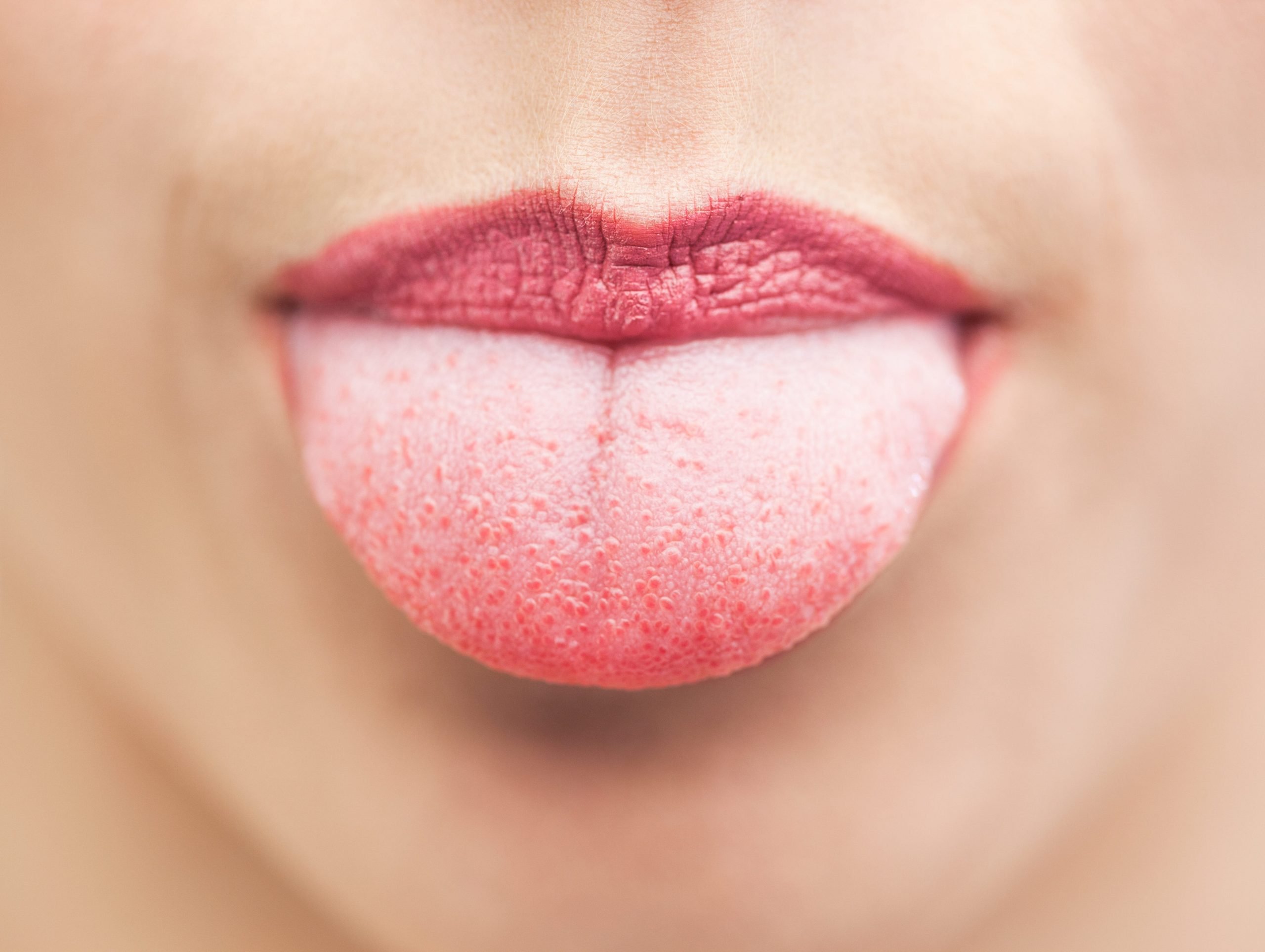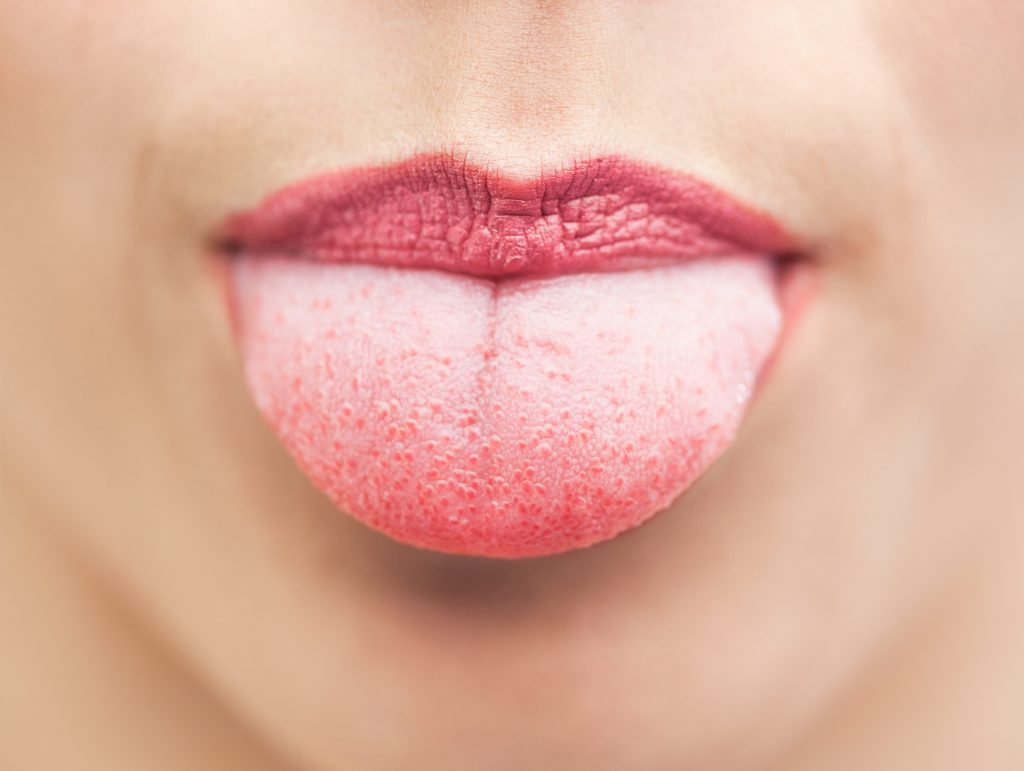
- The T2R38 gene makes people more sensitive to bitter tastes and also enhances immune function.
- It has been linked to stronger immunity against infections. Research suggests that includes COVID-19.
- "Supertasters" with two copies of the gene may be less likely to get COVID-19 and develop severe illness.
- See more stories on Insider's business page.
Despite performing countless procedures that increased his risk of exposure to the coronavirus, Dr. Henry P. Barham has not gotten sick yet.
The ear, nose, and throat doctor, who works at Baton Rouge General in Louisiana, was grateful for his luck but baffled as to how he stayed healthy. He and his colleagues all wore protective gear at work, but some of them still got COVID-19, he told the Washington Post.
The answer, according to his research, may lie close to his area of expertise: the nose.
Barham is studying T2R38, the so-called "supertaster" gene which makes people more sensitive to the bitter notes in broccoli, spinach, and coffee.
Those who inherit the gene from both of their parents also have stronger immunity to respiratory and sinus infections – and according to Barham's latest research, they may be better protected against COVID-19.
The supertaster gene enhances innate immune function
The T2R38 gene arms the body with superior natural defenses against intruders like the coronavirus.
Those who have two copies of the gene typically have extra hairlike filaments, called cilia, in the airway to sweep bugs away. They also produce more mucous membranes to keep invaders out and create nitric oxide to kill the pathogens that get into the body.
All of these layers of immunity help the body fight off infections, so Barham wondered if those who inherit the gene - himself included - might have an innate advantage over COVID-19.
His hunch was supported when his friend got a serious case of COVID-19, but the man's wife remained healthy. Bahram gave them both a taste test where they rated the bitterness of paper strips from 1 to 10, revealing that his friend was a "nontaster" and his wife was a supertaster.
A person's supertaster status can predict the severity of COVID-19
Barham went on to test his hypothesis, first in a group of 100 people who previously had COVID-19 and then in nearly 2,000 people who had been exposed but not fallen ill.
He used the same taste test he gave to his friends to classify people as supertasters, tasters, and nontasters. In the second study, a subgroup also submitted spit samples for genetic testing.
The larger study, published in JAMA Network Open last month, revealed that nontasters were more likely to get COVID-19, stay sick for longer, and require hospitalization. Nontasters who got COVID were sick for an average of 23.5 days, compared to 5 days for supertasters.
None of the supertasters who got sick in the study required hospitalization. Overall, the researchers were able to predict how ill a person would get based on their taster status with 94% accuracy.
However, supertasters can get sick too, and the classification system Barham used was inexact. Giving patients a taste test is not a surefire way to determine if the have the T2R38 gene, so more research needs to be done with genetic testing to support the findings.
Still, Barham's research is a step towards unraveling the mysteries of COVID-19, public health expert Amesh Adalja told the Washington Post, and it could someday be used to help hospital workers make tough decisions about treating patients.
"Immune profiling could be a way to help them make those decisions, but it's going to take some time to change how people approach this," Adalja told the Post.

